Boot.dev Blog - Pg. 8
-
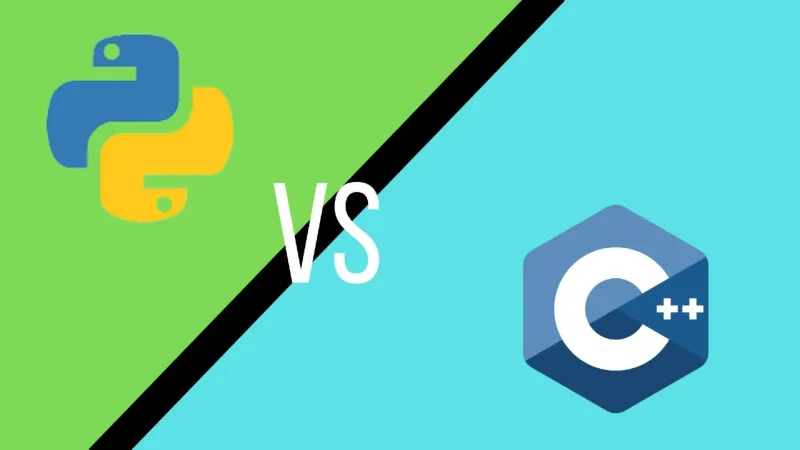

Python vs C++: The Best Language To Learn For You
Nov 17, 2021 by Meghan ReichenbachIt’s either a blessing or a curse when choosing to learn Python or C++ because there couldn’t be two more opposing languages to compare.
-
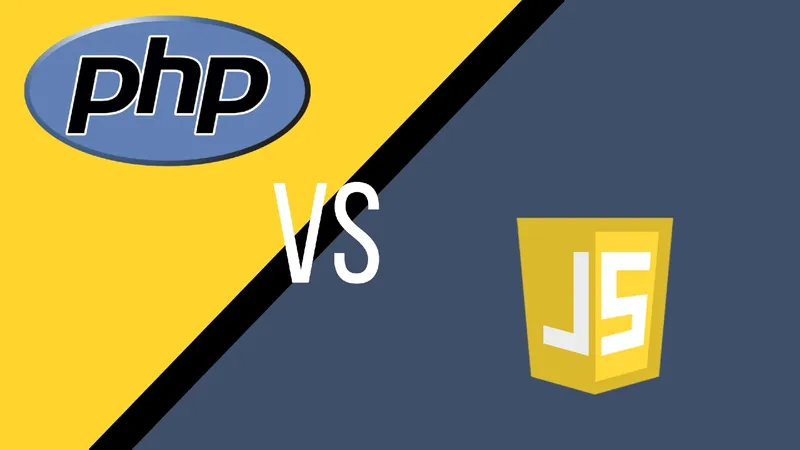

PHP vs JavaScript: Which is Best for Web Development?
Nov 10, 2021 by Meghan ReichenbachWhen comparing programming languages, it’s not often that you come across two that actually work well together, but that happens to be the case when it comes to PHP and JavaScript.
-
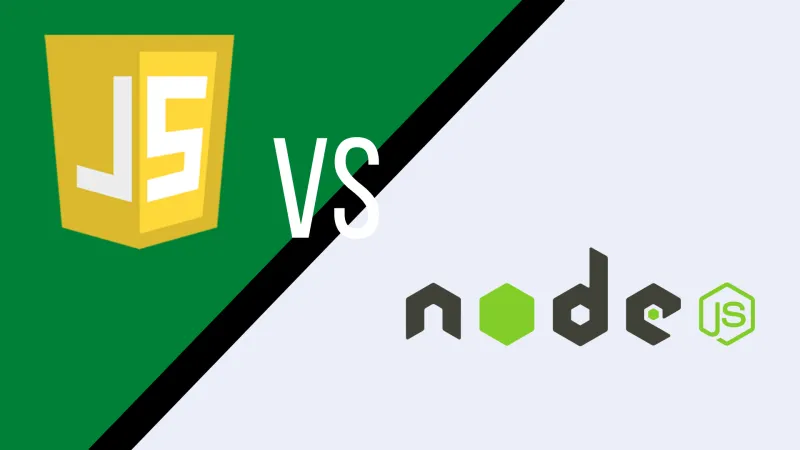

Node.js vs JavaScript: The Low-Down
Nov 09, 2021 by Zulie RaneSo you’re a fan of web development? Great! You’re probably already familiar with JavaScript (if not, check out our JavaScript course here) and may have heard of Node.js as well. But which one is better, and how are they different? When should you pick Node.js vs JavaScript?
-


Python vs PHP: 9 Critical Differences Examined
Nov 05, 2021 by Zulie RanePHP famously claims to be the backend programming language for just under 80% of the Internet. However, if you look at the popularity rankings of programming languages, Python is consistently far ahead of PHP. How can that be? Both languages can be used for backend web development, and PHP was even specifically made for web development.
-
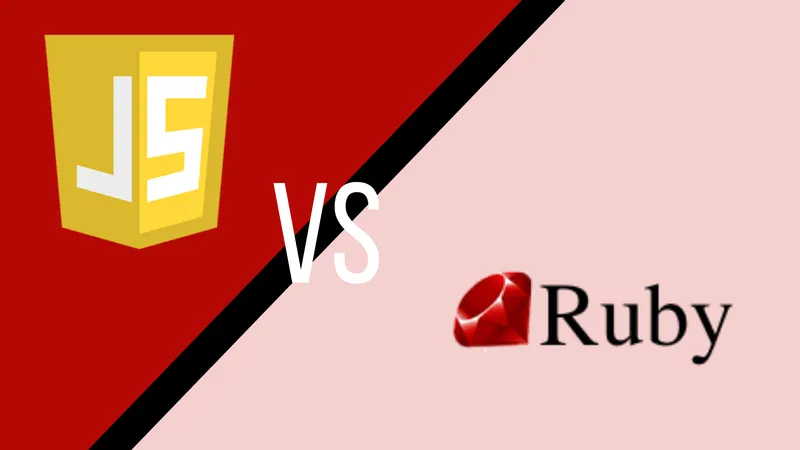

Ruby vs JavaScript: Which Language Should You Learn First?
Nov 05, 2021 by Meghan ReichenbachWhen broken down into core features – like programming style and code execution – JavaScript and Ruby seem deceivingly similar, but there are a few constitutional differences.
-


The Best Product Managers Have The Worst Ideas
Nov 02, 2021 by Lane WagnerIt’s hard finding good product people. That fact is really a tragedy because they are probably the most important part of any product-focused organization. I think there is a misconception in the software industry that product managers have a good sense of “what users want”, “what the next feature should be” or “ux design”. In reality, I’ve come to believe that the best product managers aren’t good at any of that, and they know it.
-


Ruby vs Python: 10 Questions to Ask Before You Choose
Oct 25, 2021 by Zulie RaneA ruby is a beautiful red gemstone; a python is a beautiful green snake. Aside from that, they’re both very popular programming languages. They’re popular for different reasons, and they’re good at different things. Before you choose between Ruby vs. Python, make sure you ask yourself these 10 questions.
-
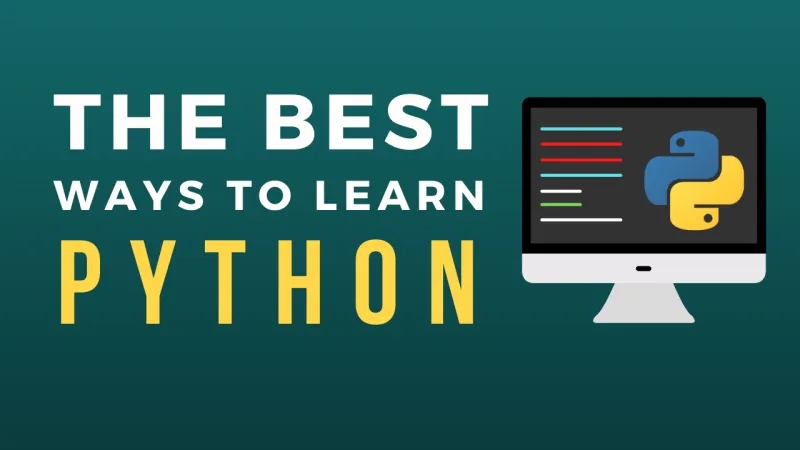

The 7 Best Ways to Learn Python
Oct 12, 2021 by Zulie RaneEveryone wants to know the best way to learn to code Python nowadays. It’s a great language, as I’ve written about before, with great career prospects and tons of useful features.
-


19 Simple JavaScript Projects for Beginners [Updated for 2025]
Oct 08, 2021 by Zulie RaneReally good JavaScript projects for beginners can be tough to find. Sometimes they’re too hard, or assume too much prior knowledge. Sometimes they’re actually too easy, and don’t push you to develop any solid JavaScript skills. (Cough cough, that tic-tac-toe game I know you’ve probably seen recommended about a thousand times by now.)
-
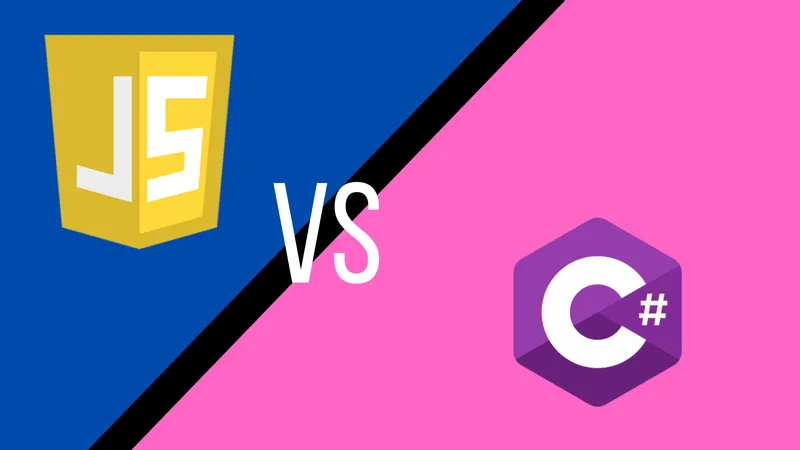

C# vs JavaScript: Choosing the Best Language for You
Oct 07, 2021 by Meghan ReichenbachJavaScript (JS), once regarded as simply a “glue language”, has gone on to become the most popular programming language in the world.
-


17 Fascinating Python Projects for Beginners
Oct 06, 2021 by Zulie RaneI’ve made no secret of the fact that I love Python, and that I believe one of the best ways to learn Python is by finding an awesome project you care about to work on. There’s nothing more stimulating than passion and curiosity, and that makes the best projects for Python beginners usually something a little grittier than the standard tutorials.
-
Four-Course Python Data Structures and Algorithms Track Released
Oct 04, 2021 by Lane WagnerWe recently took a look at our course curriculum and felt that our current Learn Algorithms course, written in Go, would be better served if it covered Python instead. After much deliberation, we decided to rewrite the course, and we’re super excited to have now released the course in Python!
-
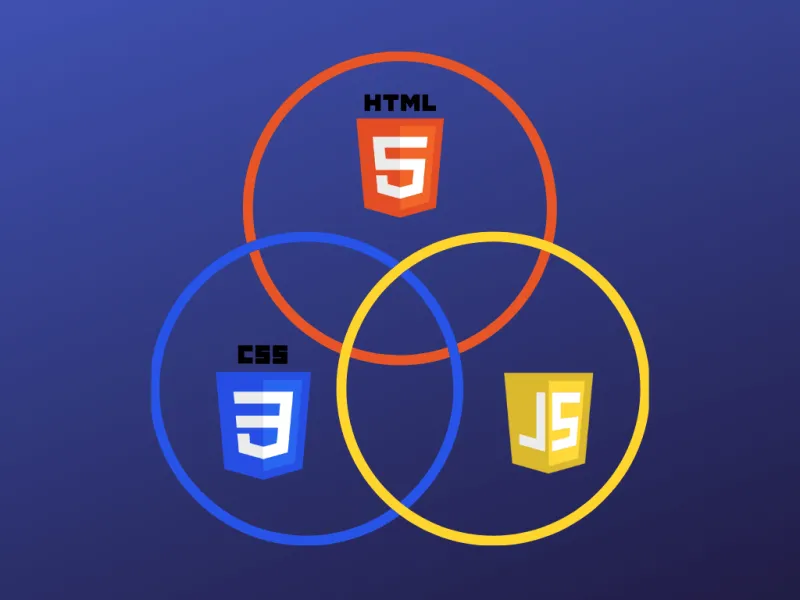

HTML vs CSS vs JavaScript Explained
Sep 27, 2021 by Jamie DunmoreHTML, CSS, and JavaScript are the most important tools in your arsenal for all your web design escapades. Rather than compete, they complement and augment each other, and their power expounds when they’re combined – like internet Power Rangers.
-


Well, We Might Have a Video Call for That!
Sep 27, 2021 by Lane WagnerThis article contains some of my thoughts on communications for distributed teams and is a response to No, we won’t have a video call for that! by Florian Hass. Read his article first if you haven’t yet, he makes some great points!
-
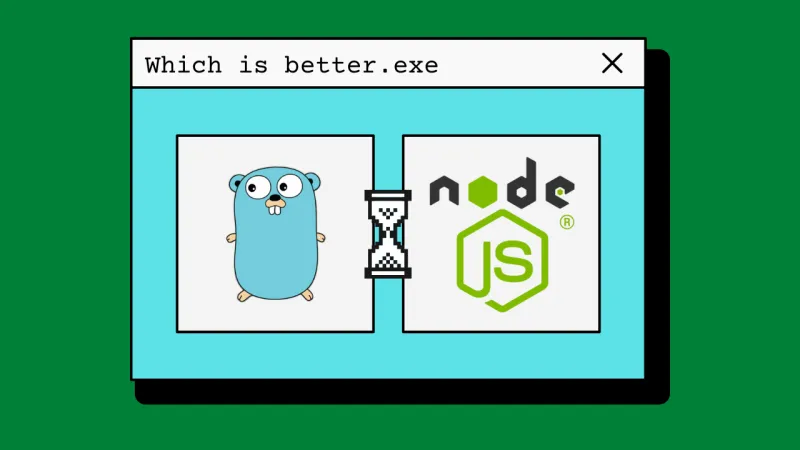

Node.js vs Golang: Compared Over 6 Key Areas
Sep 23, 2021 by Meghan ReichenbachIn 2009, the computer science world was blessed with two powerful tools: Golang and Node.js.
-
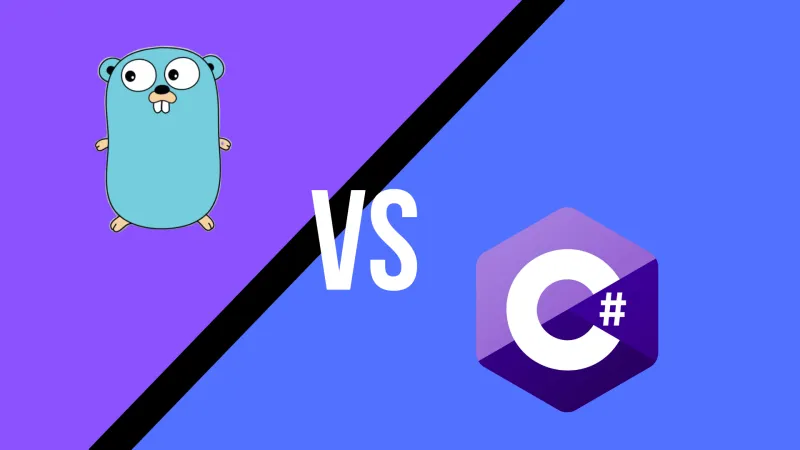

Go vs C#: Compared Over 5 Key Areas
Sep 22, 2021 by Meghan ReichenbachGolang and C# offer a unique mixture of similarities and differences, having both been inspired by the same language, C.
-
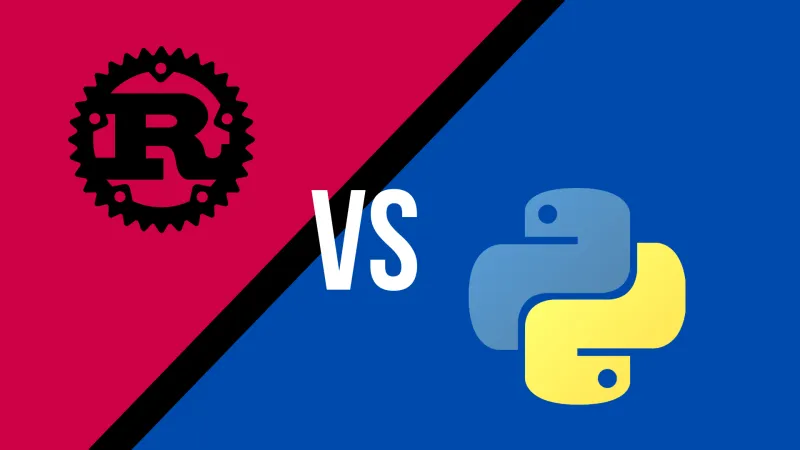

Rust vs Python in Data Science, Systems Development & More
Sep 15, 2021 by Meghan ReichenbachRust and Python contrast in a unique way because while they both provide back-end web support, Python thrives as a flexible and consistent language, while Rust makes a name for itself with raw power and speed.
-


9 Outstanding Reasons to Learn Python for Finance
Sep 14, 2021 by Zulie RaneIf you’re thinking about dipping your toe into the finance sector for your career and you stumble across this article, you may be wondering, “How can Python help in finance?”
-
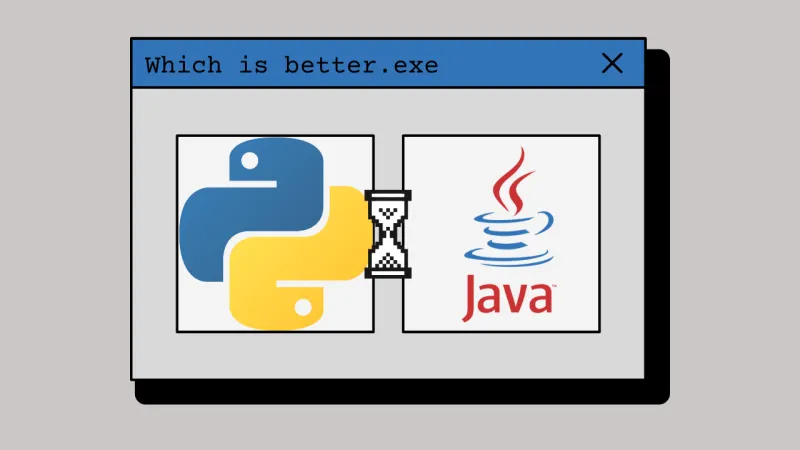

Python vs Java: Performance, Salary & More Compared
Sep 10, 2021 by Meghan ReichenbachComparing Python and Java is a bit like comparing boats and cars. They both get you from point A to B and are fun to show off, but that’s where the similarities end. And the same with Python and Java, they’re both programming languages and known for powerful server-side coding, but after that, they become completely different tools.
-
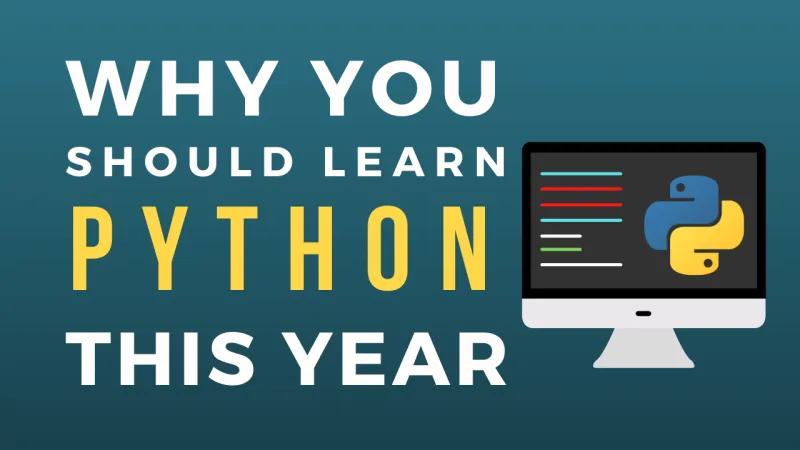

Why Learn Python? 9 Key Reasons
Sep 09, 2021 by Zulie RaneSimple to learn, endlessly versatile, and perennially in demand by employers paying higher and higher salaries every year — it feels like there’s a million reasons to learn Python.
-
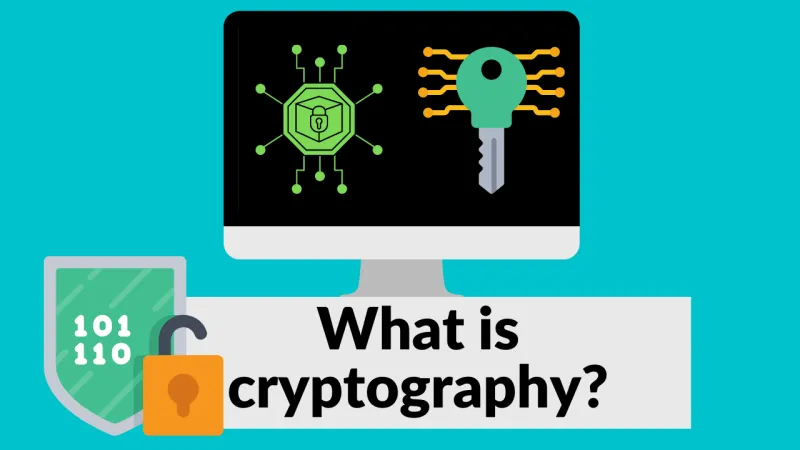

What is Cryptography? A Complete Overview
Sep 08, 2021 by Lane WagnerWhat is cryptography? 🔗 Simply put, Cryptography provides a method for secure communication. It stops unauthorized parties, commonly referred to as adversaries or hackers, from gaining access to the secret messages communicated between authorized parties. The method that cryptography provides is called encryption.
-
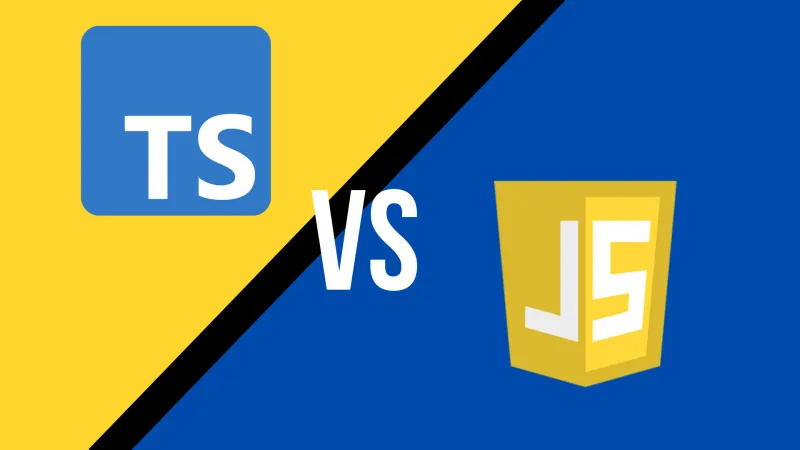

JavaScript vs TypeScript: What's the Difference?
Sep 06, 2021 by Meghan ReichenbachWhether you’re new or old to the computer science community, you’ve probably asked yourself, “What is TypeScript?” and if you haven’t, it won’t be long before you do.
-
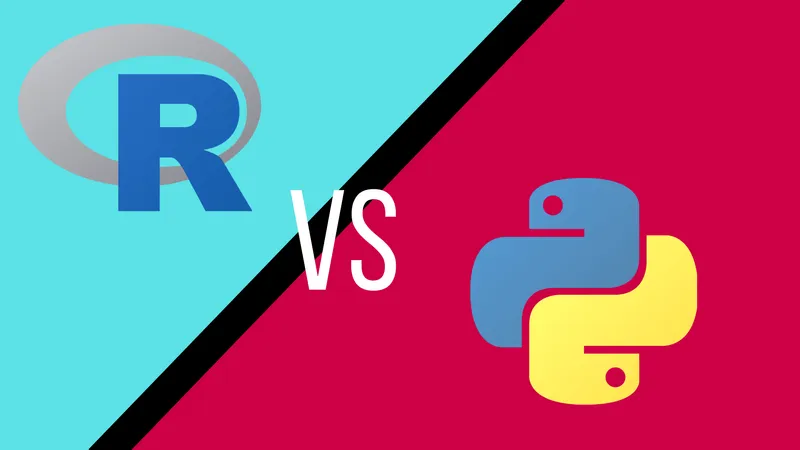

R vs Python: Which Is Best for Data?
Aug 25, 2021 by Meghan ReichenbachPython and R made a name for themselves as top-end competitors in the world of data science for their ability to seamlessly navigate and handle data. But what sets these languages apart from each other?
-
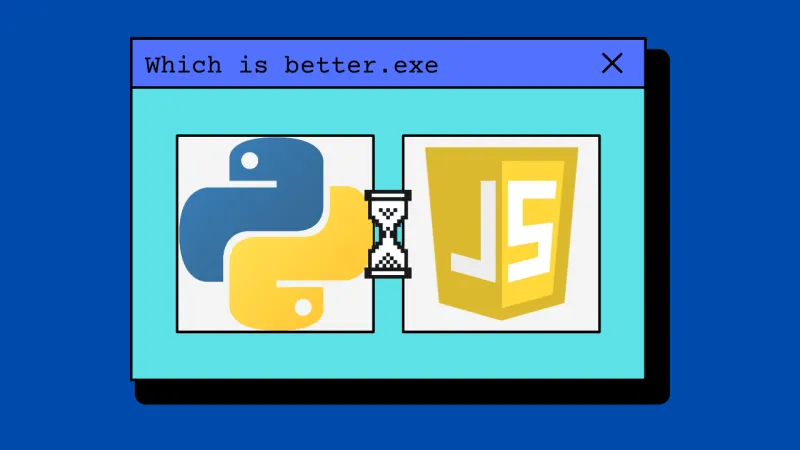

Python vs JavaScript: What's the Difference and Which Should You Learn?
Aug 24, 2021 by Meghan ReichenbachFrom the outset, comparing JavaScript and Python seems a bit like comparing apples and oranges. Surprisingly however, there are quite a few similarities hidden beneath their popular respective exteriors.
-


10 Compelling Reasons to Learn Python for Data Science
Aug 19, 2021 by Zulie RaneRead this if you don’t know where to start learning data science Data science is a vast field with tons of entry points, depending on where and how you want to start. I started learning basic data science with a language called R, until I ran into one of its many limitations. Python has definitely won the battle of R vs Python for data science, as I learned. When I wanted to take the next step in my data science journey, I leaned on Python. Learning Python for data science is one of the fastest, easiest, and most fun ways to get into data science.